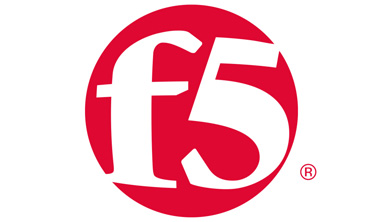
Chapter 1: Setting Up the BIG-IP System
- Introducing the BIG-IP System
- Initially Setting Up the BIG-IP System
- Archiving the BIG-IP Configurations
- Leveraging F5 Support Resources and Tools
Chapter 2: Reviewing Local Traffic Configuration
- Reviewing Nodes, Pools, and Virtual Servers
- Reviewing Address Translation
- Reviewing Routing Assumptions
- Reviewing Application Health Monitoring
- Reviewing Traffic Behavior Modification with Profiles
- Reviewing the TMOS Shell (TMSH)
- Reviewing Managing BIG-IP Configuration Data
Chapter 3: Troubleshooting Methodology
- Troubleshooting Methodology
- Troubleshooting Methodology Steps
- Step 1: Define the Problem
- Step 2: Gather Information
- Step 3: Define Hypotheses
- Step 4: Develop a Test Plan
- Steps 5 and 6: Implement the Plan and Observe the Results
- Step 7: Repeat as Necessary
- Documenting a Problem
- Putting the Troubleshooting Steps to Use
Chapter 4: Working with F5 Support
- Leveraging AskF5
- Finding Resources on DevCentral
- Using the BIG-IP iHealth System
- Working with F5 Technical Support
- Running End User Diagnostics (EUD)
- Requesting Return Materials Authorization
- Understanding F5’s Software Version Policy
- Managing Upgrades and Hotfixes
- Managing the BIG-IP License for Upgrades
- Managing BIG-IP Disk Space
- Upgrading BIG-IP Software
Chapter 5: Product Architecture
- Architecture Overview
- AOM
- Switch Fabric
- Host Subsystem
Chapter 6: Troubleshooting – Bottom to Top
- Host Architecture
- Layer 1/Layer 2 Tools
- Layer 2/Layer 3 Tools
- Layer 3 Tools
- Linux Tools
- Memory and CPU watch
- Additional tmsh commands
- End-User Diagnostics (EUD)
Chapter 7: Troubleshooting Tools
- tcpdump
- Wireshark
- Fiddler
- diff
- KDiff3
- ssldump
- cURL
Chapter 8: Using System Logs
- System Log Configuration
- Log Files
- BIG-IP Daemons
- Triggering an iRule
- Deploying and Testing iRules
Chapter 9: Troubleshooting Lab Projects
- Network Configurations for Projects
Chapter 10: Additional Training and Certification
- Getting Started Series Web-Based Training
- F5 Instructor Led Training Curriculum
- F5 Professional Certification Program
Appendix A: Support Requirements
- L1 and L2 Partner Support Requirements
Appendix B: iApps Template Usage
- Overview
- iApps Template Information
- Lab Expected Results
- iApps Template
Appendix C: Initial Configuration Steps
This course is intended for networking professionals who need to learn how to troubleshoot a BIG-IP.
Students must complete one of the following F5 prerequisites before attending this course:
Administering BIG-IP instructor-led course
F5 Certified BIG-IP Administrator
OSI model encapsulation
Routing and switching
Ethernet and ARP
TCP/IP concepts
IP addressing and subnetting
NAT and private IP addressing
Default gateway
Network firewalls
LAN vs. WAN
HTTP, HTTPS, FTP and SSH protocols
After completing this course, students will learn:
- Configuration Project
- Troubleshooting Methodology
- F5 Support
- BIG-IP Product Architecture
- Troubleshooting - Bottom to Top
- Troubleshooting Tools
- Using System Logs
